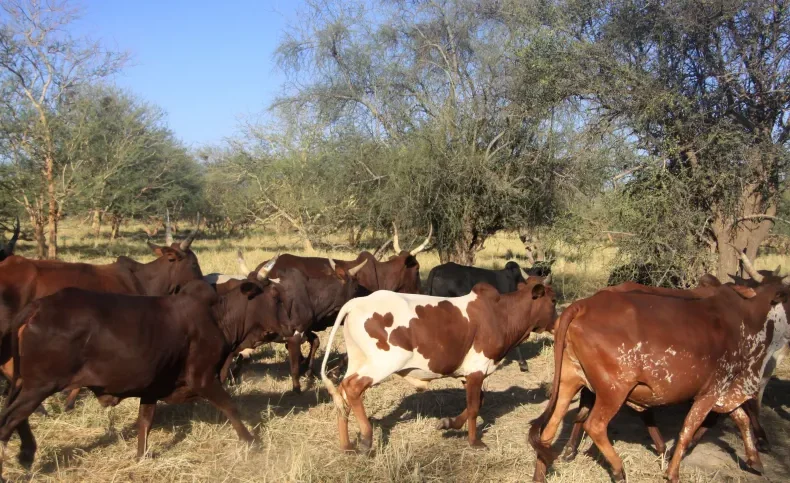
Cattle were domesticated not only in the Middle East but also in Africa, according to Polish archaeologists
A new study conducted by Polish archaeologists reveals that the domestication of cattle was not limited to the Middle East, but also occurred independently in Africa. The examined animal bones indicate that cattle breeding began around 10,000 BC in the Central Nile Valley. These findings suggest that domestication processes took place in both regions during similar time frames.
The origins of cattle breeding represent a significant turning point in African history. Previously, it was thought that domesticated cattle arrived on the continent from the Middle East about 6,000 years ago. However, new data shows that these animals were domesticated in Africa’s Central Nile Valley around 10,000 years ago, almost simultaneously with their counterparts in the Middle East.
Published in the Journal of Archaeological Science, this study was conducted through Polish-Norwegian cooperation and led by Prof. Marta Osypińska from the Institute of Archaeology at the University of Wrocław. Prof. Osypińska stated that the study’s results suggest that cattle in Africa may have been domesticated independently of the Middle East and that proto-pastoral communities attempted to control wild herds to ensure food security.
The study’s primary data was obtained from the Letti 2 desert archaeological site in northern Sudan. Scientists examined a total of 2,402 animal remains at this site and determined that these remains dated back to the mid-8th millennium BC. Cattle remains were identified based on the characteristic features of the skeleton, and the absence of similar species such as the African buffalo further strengthened the identification of cattle.
The domestication of cattle requires consideration of factors such as climate change, hunting patterns, and reproduction. Determining the animals’ age at death was crucial in the study. The presence of bones belonging to young individuals is considered one of the key indicators of cattle domestication.
The current prevailing theory suggests that cattle worldwide descended from a wild aurochs population domesticated in the Middle Euphrates region approximately 11,000 years ago. This process is thought to have spread to Africa via Sinai in the 7th and 6th millennia BC. Prof. Osypińska states that animal domestication is thus perceived as a uniform process “invented” in the Middle East.
Half a century ago, discoveries in southwestern Egypt raised the hypothesis that cattle could have been domesticated locally in Africa. However, due to the lack of clear osteological data supporting this hypothesis, this view was gradually disregarded. Prof. Osypińska’s team’s current research brings a fresh perspective to this debate.
Scientists emphasize that compared to Middle Eastern sources, more animal remains need to be collected and research expanded in Africa. Without creating rich osteological collections, it will not be possible to apply the statistical methods necessary to define the initial stages of domestication. However, there is concern that research in sub-Saharan Africa may face long-term challenges due to the current political situation.
You may also like
- A 1700-year-old statue of Pan unearthed during the excavations at Polyeuktos in İstanbul
- The granary was found in the ancient city of Sebaste, founded by the first Roman emperor Augustus
- Donalar Kale Kapı Rock Tomb or Donalar Rock Tomb
- Theater emerges as works continue in ancient city of Perinthos
- Urartian King Argishti’s bronze shield revealed the name of an unknown country
- The religious center of Lycia, the ancient city of Letoon
- Who were the Luwians?
- A new study brings a fresh perspective on the Anatolian origin of the Indo-European languages
- Perhaps the oldest thermal treatment center in the world, which has been in continuous use for 2000 years -Basilica Therma Roman Bath or King’s Daughter-
- The largest synagogue of the ancient world, located in the ancient city of Sardis, is being restored











Leave a Reply